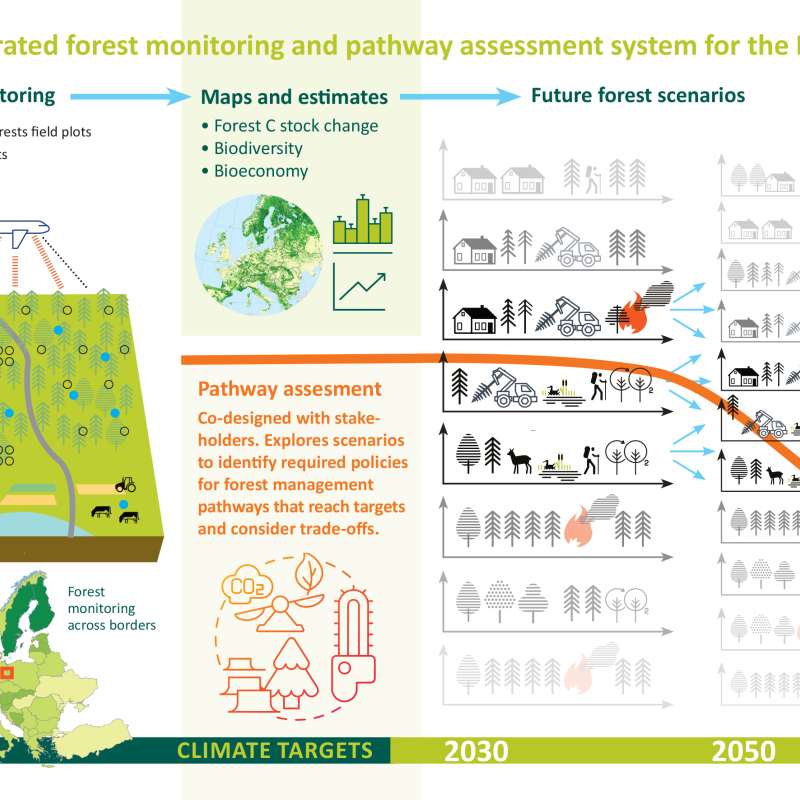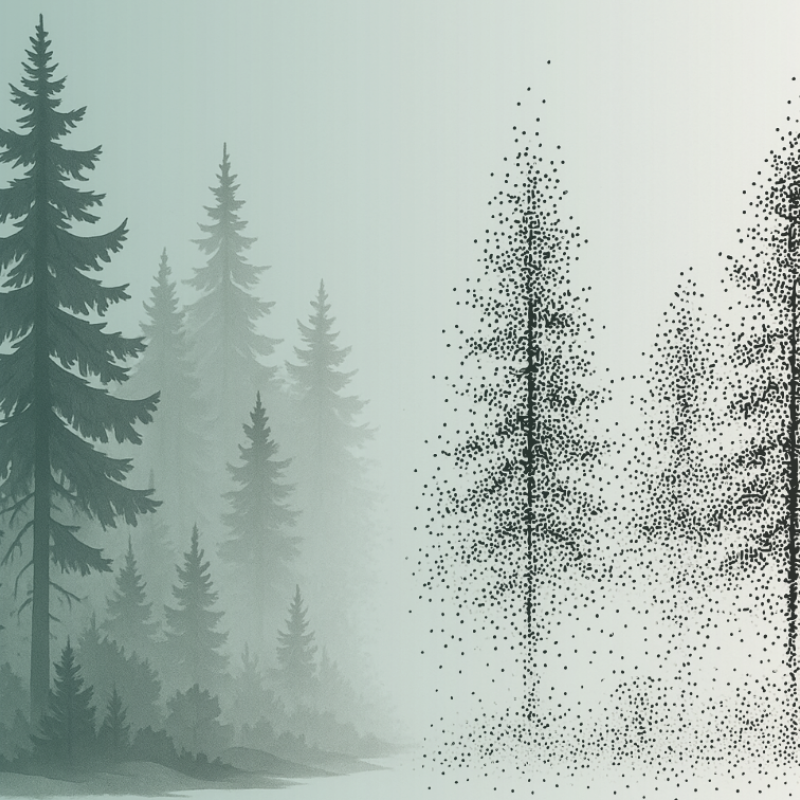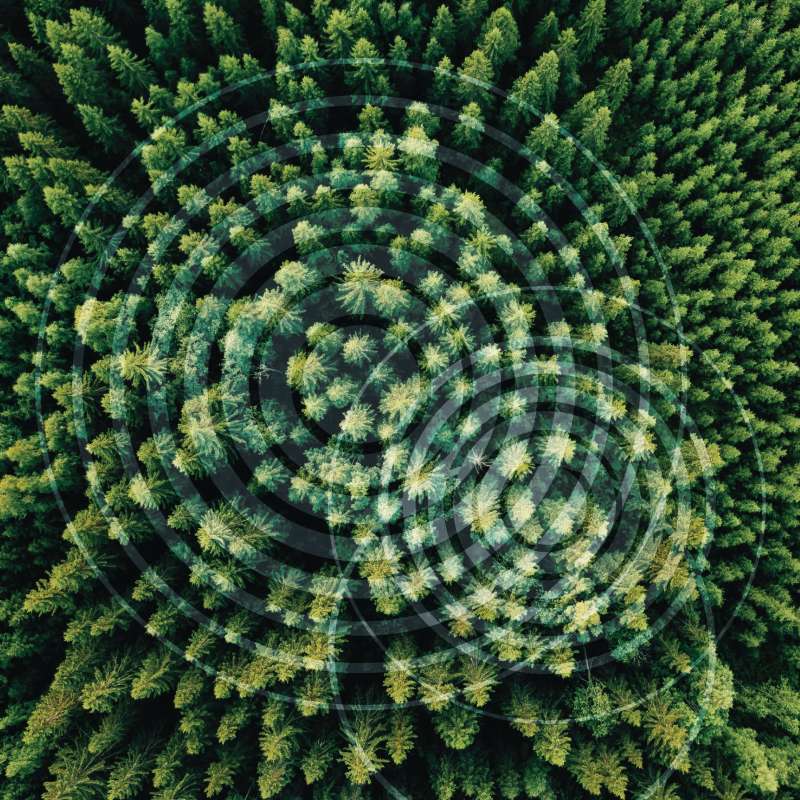Stefano Puliti
Forsker
Forfattere
Stefano Puliti Emily R. Lines Jana Müllerová Julian Frey Zoe Schindler Adrian Straker Matthew J. Allen Lukas Winiwarter Nataliia Rehush Hristina Hristova Brent Murray Kim Calders Nicholas Coops Bernhard Höfle Liam Irwin Samuli Junttila Martin Krůček Grzegorz Krok Kamil Král Shaun R. Levick Linda Luck Azim Missarov Martin Mokroš Harry J. F. Owen Krzysztof Stereńczak Timo P. Pitkänen Nicola Puletti Ninni Saarinen Chris Hopkinson Louise Terryn Chiara Torresan Enrico Tomelleri Hannah Weiser Rasmus AstrupSammendrag
Det er ikke registrert sammendrag
Forfattere
Daniel Moreno-Fernández Johannes Breidenbach Isabel Cañellas Gherardo Chirici Giovanni D’amico Marco Ferretti Francesca Giannetti Stefano Puliti Sebastian Schnell Ross Shackleton Mitja Skudnik Iciar AlberdiSammendrag
Det er ikke registrert sammendrag
Forfattere
Mostafa Hoseini Helle Ross Gobakken Stephan Hoffmann Csongor Horvath Johannes Rahlf Jan Bjerketvedt Stefano Puliti Rasmus AstrupSammendrag
Det er ikke registrert sammendrag

Divisjon for skog og utmark
Automating Biodiversity Mapping: AI Applications in the Identification of Forest Habitats
I dette prosjektet skal vi undersøke hvordan KI og smarttelefoner kan brukes ved kartlegging av viktige skogstrukturer, og komme forbi begrensninger med tradisjonelt feltarbeid.

Divisjon for skog og utmark
PathFinder
Towards an Integrated Consistent European LULUCF Monitoring and Policy Pathway Assessment Framework

Divisjon for skog og utmark
Lukkede hogster: Konsekvenser for produksjon, økonomi og biomangfold
Hovedmålet til prosjektet er å bygge kunnskap og kompetanse om hvordan en omlegging av norsk skogbruk, fra flatehogst til mer bruk av lukkede hogster, vil påvirke produksjon, økonomi og biologisk mangfold.

Divisjon for skog og utmark
A Decision Support System for emerging forest management alternatives
This project aims to develop advanced tree growth models using LiDAR-derived, high-density point cloud data to improve the simulation of forest dynamics under close-to-nature silvicultural practices. By modeling tree-level growth in structurally complex and heterogeneous stands, these models will support more accurate, spatially explicit forest simulations and inform sustainable and diversified forest management decisions.

Divisjon for skog og utmark
PathFinder
Towards an Integrated Consistent European LULUCF Monitoring and Policy Pathway Assessment Framework

Divisjon for skog og utmark
SFI SmartForest: Bringing Industry 4.0 to the Norwegian forest sector
SmartForest will position the Norwegian forest sector at the forefront of digitalization resulting in large efficiency gains in the forest sector, increased production, reduced environmental impacts, and significant climate benefits. SmartForest will result in a series of innovations and be the catalyst for an internationally competitive forest-tech sector in Norway. The fundamental components for achieving this are in place; a unified and committed forest sector, a leading R&D environment, and a series of progressive data and technology companies.
